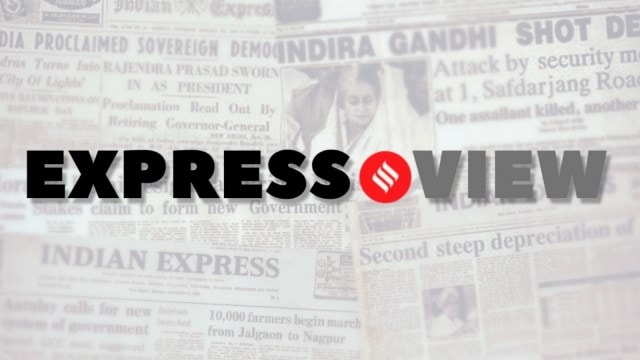
Like in the past three years, the Delhi government has framed an action plan to deal with the pollution that engulfs the city in the festival season and continues almost all winter. Some of the additions to last year’s Winter Action Plan are welcome. The deployment of drones for real-time monitoring of pollution hotspots and the setting up of a task force comprising representatives of the environment, transport, revenue and traffic departments, for instance, are steps in the right direction. This is especially because air quality control often suffers because of the want of accurate real-time data and poor coordination between government agencies. But like in recent years, the authorities appear to have left it too late. Awareness programmes envisaged in the plan, for instance, could have nudged Delhi’s residents to take ownership of the city’s annual public health emergency. However, creating behavioural changes takes time. The latest Action Plan appears riddled with a short-term perspective. For a city with a high baseline pollution, a seasonal plan will work well only when it feeds into an all-year pollution control project.
The plan talks of bringing the chief ministers of neighbouring states to the negotiating table to reduce stubble burning. Here too, the Delhi government has got off the blocks late. Early reports indicate that farmers in Delhi’s neighbourhood have started putting fire to crop residue. It would be unfair, however, to lay all the blame on Delhi and its neighbouring states for the failure to resolve the problem. The Union government’s Commission for Air Quality Management (CAQM) has not proved an effective mediator. The panel, as the Supreme Court pointed out on Friday, has extensive powers “but needs to be more active and must ensure that its efforts and directions actually translate into reducing the problem”. That the panel, by its own admission before the Court, meets only once in three months, shows that it is yet to get its act together three years after it was set up. The agency has functioned more like a regulator whose primary responsibility is to enforce the Graded Action Plan, which comes into play when pollution becomes an emergency.
Experts have underlined the need to focus on localities forced by geography to trap polluting particles — the airshed method. Despite a mention of local hotspots, Delhi’s Plan does not have much by way of deploying this state-of-the-art approach. The city’s past experiences have shown that authorities and policymakers need to course-correct midway in the pollution season. This year, the least they can do is discard the inflexible ways of the past.